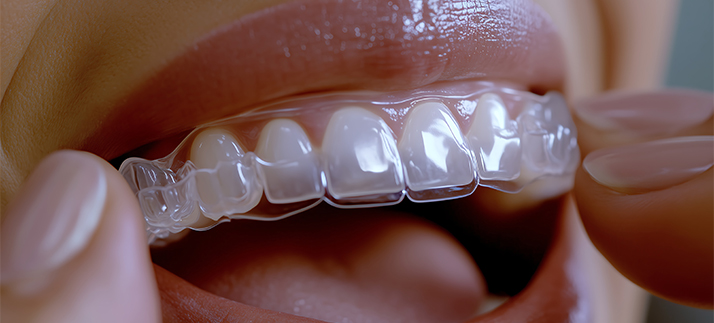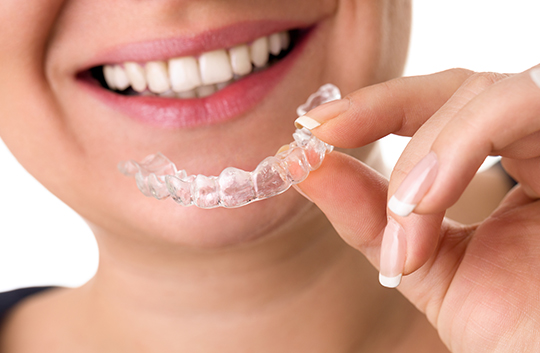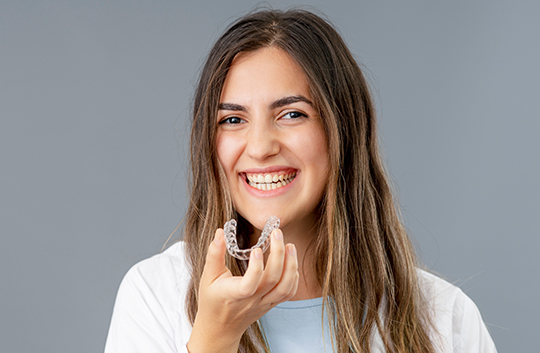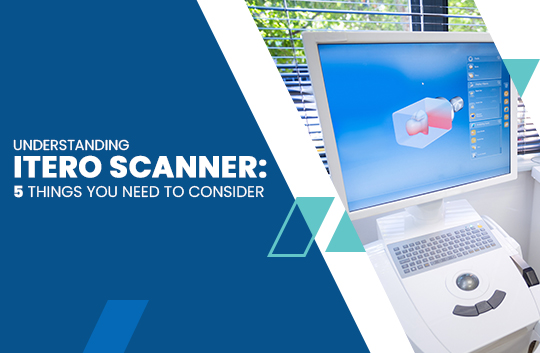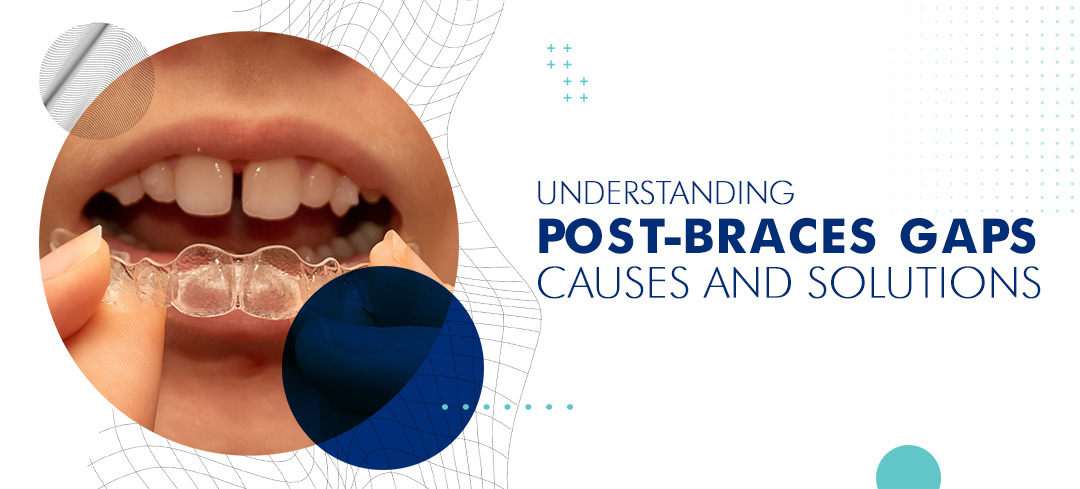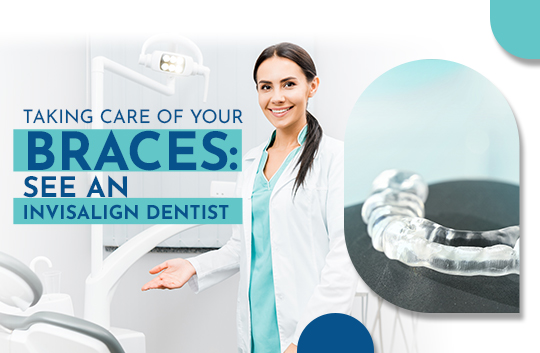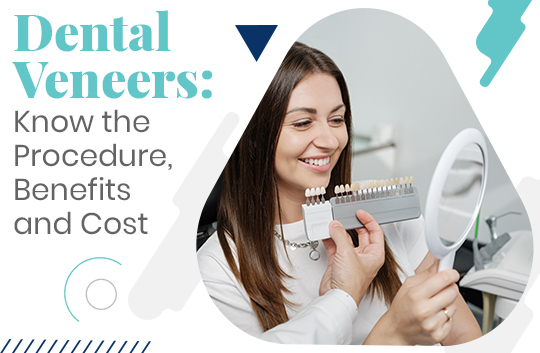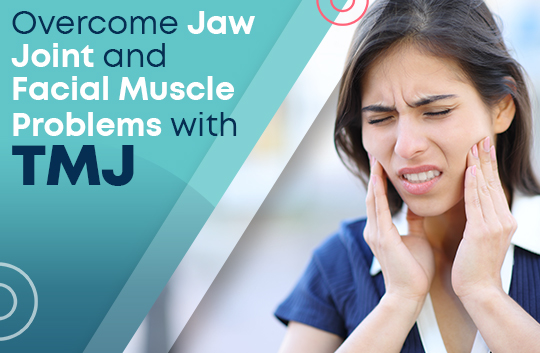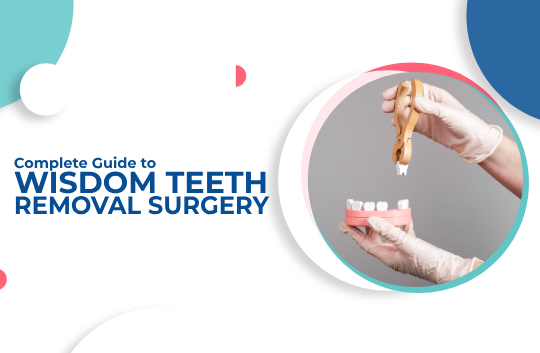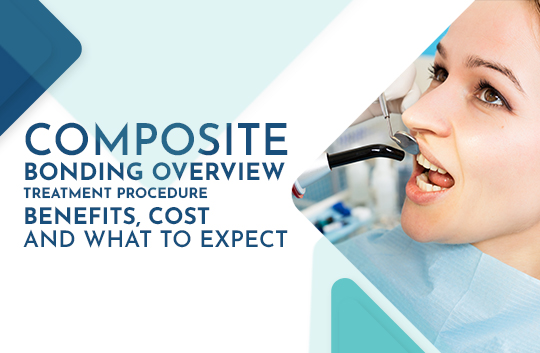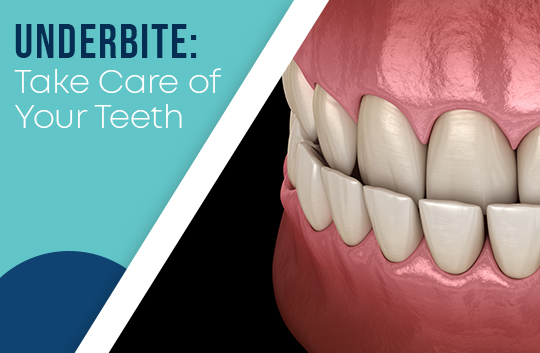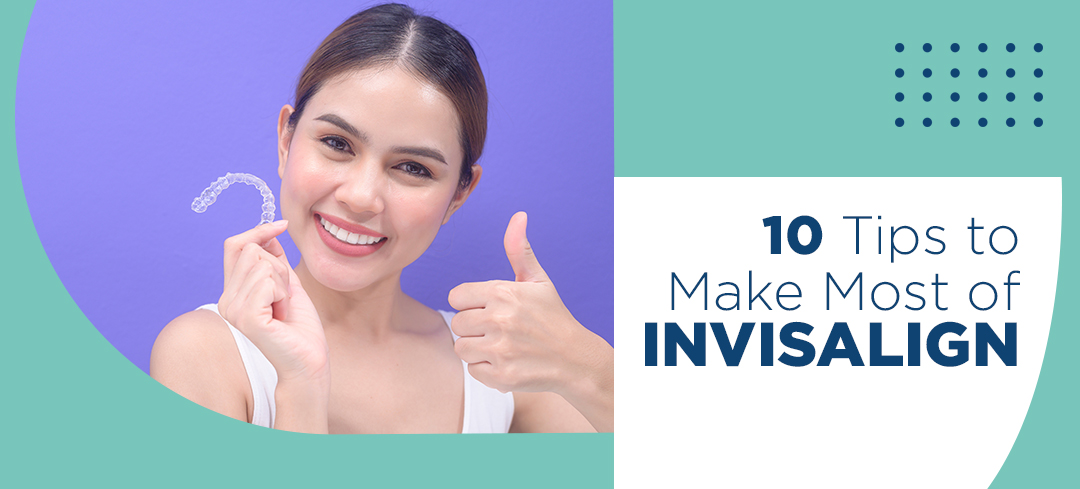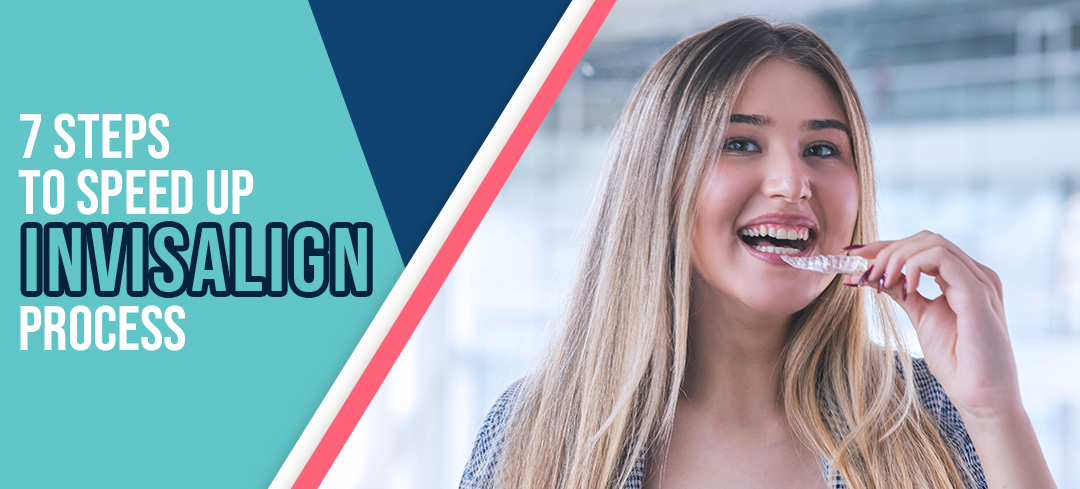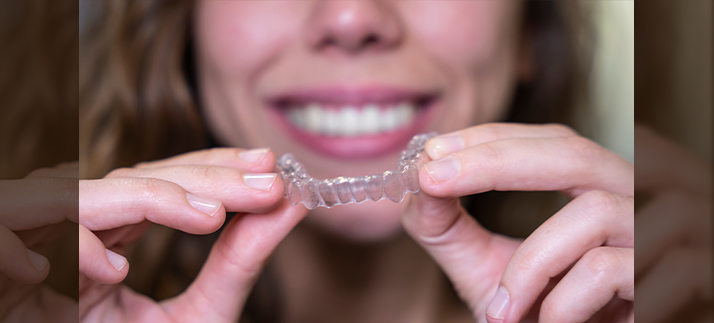
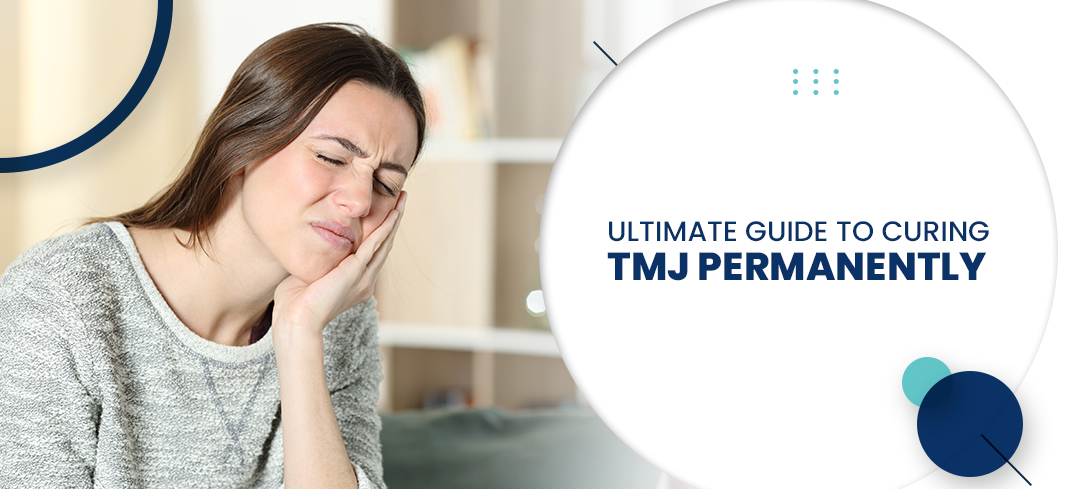
Ultimate Guide to Curing TMJ Permanently
The temporomandibular joint, or TMJ, is a crucial hinge that connects your jawbone to your skull, situated near the front of your ears. When this joint is damaged or stressed, it can lead to a condition known as temporomandibular joint disorder (TMD) or TMJ syndrome. This disorder can cause significant discomfort, affecting the jaw joint and the muscles responsible for jaw movement.
Symptoms of TMJ disorder can vary but often include severe jaw pain, teeth grinding (bruxism), blurred vision, and sometimes even ringing in the ears (tinnitus). These symptoms can impact your daily life and overall well-being.
If you suspect you may be suffering from TMJ disorder, it's important to consult with a healthcare professional for an accurate diagnosis and appropriate treatment plan. Treatment options can vary depending on the severity of the condition and may include pain management, physical therapy, or in some cases, surgical intervention.

Causes and symptoms of TMJ
Patients with TMJ disorder may notice that their symptoms worsen during periods of unexpected or prolonged stress. Intense flare-ups of the condition can lead to dizziness and neck pain. In some cases, the jaw joint may be damaged due to trauma, such as a blow to the jaw, resulting in a clicking or popping sound and pain in the joint, along with muscle spasms.
There are several potential causes of TMJ disorder, including:
- Misalignment of teeth, often referred to as a 'bad bite,' can contribute to TMJ disorder. In such cases, adjustment or realignment of the teeth may alleviate symptoms like throbbing headaches, dizziness, and jaw pain.
- Sleep apnea, a condition where the airway becomes constricted during sleep, can lead to teeth clenching and jaw shifting forward to open the airway and improve breathing. Unfortunately, this shifting and clenching may cause damage to the teeth and contribute to TMJ disorder.
- Teeth clenching or grinding (bruxism) is a common cause of TMJ disorder and can lead to a range of symptoms.
Some recognizable symptoms of TMJ disorder include:
- Headaches: These may be intermittent or persistent and can worsen over time. The headaches associated with TMJ disorder often feel like they originate behind the eyes and can sometimes be mistaken for migraines.
- Earaches: Due to the proximity of the temporomandibular joint to the ear, inflammation in this joint can lead to earaches.
- Clicking and Popping Sounds: Unlike other joints in the body, the temporomandibular joint should not make sounds during normal use. Noises from this joint can indicate a problem.
- Locked Jaw: If the jaw becomes locked in either the open or closed position, it may be a sign that the temporomandibular joint is not functioning properly.
- Jaw Pain: Difficulty moving the jaw in different directions, such as side-to-side or opening and closing, may indicate a TMJ disorder.
- Facial Pain: Inflammation in the temporomandibular joint can lead to pain in the cheeks, face, forehead, and under the eyes.
- Neck and Shoulder Pain: Patients with TMJ disorder may experience pain in the neck and shoulders, often related to muscle tension caused by the disorder.
If you are experiencing any of these symptoms, it is important to consult with a healthcare professional for a proper diagnosis and to discuss potential treatment options.
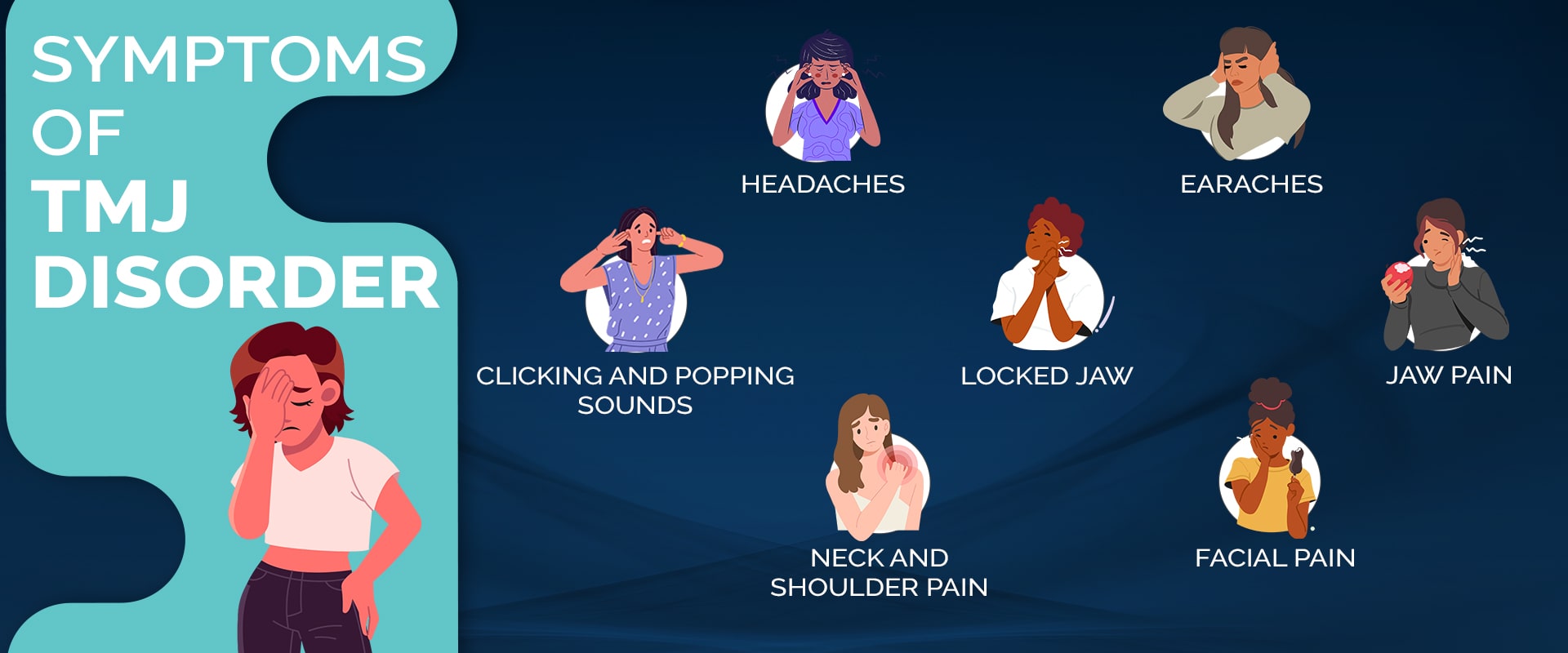
How to cure TMJ permanently
TMJ splints, often similar to nightguards used by patients with bruxism, are customized to fit the unique contours of a patient's smile comfortably. They help adjust and support the jaw's resting position during sleep, potentially avoiding positions that lead to joint inflammation and unconscious tooth grinding. It may take some time for the mouth to adjust to the splint, but patients may experience several benefits:
- Reduced Teeth clenching and Grinding: The splint provides a cushion between the teeth, making it difficult for them to come into contact and cause damage.
- Less Muscle Tension and Pressure: This can lead to a reduction in earaches, jaw tenderness, and tension headaches.
- Clearer Airways: Improved jaw alignment can facilitate better breathing.
- Protection against Teeth Damage and Wear: The splint acts as a barrier to prevent direct contact between the teeth.
- Improved Appearance: Proper jaw positioning can lead to a more even bite and enhanced facial aesthetics.
An individualized treatment plan may be developed, which could include either hard or soft custom splints to maintain proper jaw alignment. It's important to note that while splints can provide relief and manage symptoms, they may not 'cure' TMJ disorders permanently. Ongoing management and consultation with a healthcare professional are essential for effective treatment.
Fix dental issues
TMJ disorders can lead to dental issues such as tooth pain, misalignment, and increased susceptibility to tooth decay and gum disease. Misaligned teeth can be difficult to clean, making them more prone to decay and gum disease. Additionally, TMJ disorders can cause teeth to become brittle and sensitive, increasing the risk of chips and cracks.
Addressing oral alignment can help reduce the severity of teeth grinding, a common symptom of TMJ disorders. Orthodontic treatments, such as braces, can improve the appearance and health of your smile while also alleviating strain on the jaw joint.
Physical therapy
Home remedies can sometimes be effective in managing TMJ dysfunction. Over-the-counter medications such as aspirin or ibuprofen may provide relief for some individuals. Applying ice packs directly to the jaw joint can also help reduce pain. Additionally, using sedative essential oils, such as clary sage or lavender, may offer temporary relief.
Physical therapy is a common treatment for TMJ disorder. A treatment plan may include a combination of the following exercises:
- Posture Education: Poor posture, particularly when the head is positioned forward of the body, can contribute to TMJ disorder by placing stress on the neck. Improving posture, especially while sitting, can help alleviate this stress.
- Improving Jaw Movement: Manual therapy techniques can help increase mobility and reduce pain in the jaw joint and surrounding tissues.
- Special Pain Treatments: For more severe pain, treatments such as electrical stimulation or ultrasound may be recommended to provide relief.
Surgery
Surgery may be considered in the treatment of temporomandibular joint disorder (TMD), although it is not guaranteed to provide a complete cure and carries the risk of further damage to the temporomandibular joint (TMJ). As most cases of TMD can be managed with non-surgical approaches, surgery is typically viewed as a last resort and should be avoided if possible.
However, surgery may be necessary for specific structural problems within the jaw joint, such as scar tissue in the joint area, degenerated or broken bones, issues with bone alignment, and disc displacement or perforation. These conditions may require surgical intervention to alleviate pain.
Surgical options for TMD include:
- Arthrocentesis: This procedure involves the use of small needles to irrigate the joint, removing inflammatory by-products and debris.
- TMJ Arthroscopy: A small, thin tube is inserted into the joint space to remove scar tissue, reposition the disc, tighten the joint to restrict movement, or reshape parts of the jawbone.
- Modified Condylotomy: This approach addresses the jawbone rather than the joint itself and is suited for patients experiencing jaw locking.
- Open-Joint Surgery: This is typically the last resort and involves repairing or replacing the joint. It carries considerable risks, and the decision to proceed should be made after careful consideration of all the pros and cons.
Transcutaneous Electrical Nerve Stimulation
Transcutaneous Electrical Nerve Stimulation (TENS) therapy is a form of physical therapy used to treat temporomandibular joint (TMJ) disorders. It can help relax the muscles in the jaw and reduce pain associated with TMJ disorders. During TENS therapy, a small electrical current is applied to the skin, stimulating muscles and nerves in the targeted area. TENS units have been used for a long time to treat various types of pain.
TENS therapy generally works by blocking pain signals to the brain. Instead of feeling pain, patients may experience a tingling sensation and a massaging effect due to the electrical stimulation. This treatment can be effective in reducing facial pain and other symptoms associated with TMJ disorders.
Botox and TMD/TMJ
One of the popular non-surgical procedures for the TMJ discomfort is the use of a neurotransmitter blocker like Botox. As a natural muscle relaxant, Botox can help ease muscle tension for several months at a time. It is often combined with other non-surgical treatments, such as bite splints, to decrease muscle tension while sleeping.
Botox is a non-invasive option to TMJ surgery. There may be mild soreness at your injection site temporarily, which can be managed with a cool compress or by taking over-the-counter pain relievers. One of the advantages of this non-invasive treatment is that it allows you to return to your normal activities within a short period.
How to treat TMJ disorder on your own
As TMJ disorder is often related to fatigue or muscle spasms, the following self-care tips can help improve symptoms:
- Apply Heat or Ice: Applying moist heat for 15-20 minutes two to four times a day can help reduce joint or muscle pain and relax the muscles. Alternatively, ice can be applied for 10 minutes every 2 hours to alleviate pain and reduce inflammation.
- Eat a Soft Diet: Avoid hard and chewy foods. Try to cut fruits into small pieces and also steam vegetables to make them softer. Ensure that you chew food on both sides of your mouth simultaneously to reduce strain on one side.
- Avoid Caffeine: Caffeine can cause muscles to tense up and feel tighter. Try to limit your intake of caffeinated beverages such as tea, energy drinks, and soda. Even decaffeinated coffee and tea contain some caffeine, so consume them in moderation.
- Avoid Harmful Dental Habits: Smoking can cause pain associated with TMJ, providing another reason to quit this habit. Additionally, chewing gum is not recommended for those suffering from TMJ pain, as it can further strain the jaw muscles.
- Over-the-counter medications: Follow your doctor's advice regarding medications, which may include aspirin, muscle relaxants, anti-inflammatory drugs, or other over-the-counter pain relievers.
- Pain Relief Exercises: Gradually restore the range of motion in your jaw and reduce discomfort associated with TMJ through targeted exercises for the facial muscles, jawbone, neck, and upper and lower jaw.
- Reduce Stress: Consider meditation or yoga to relieve stress and promote relaxation.
- Sleep Well: TMJ can be exacerbated by poor posture, which can strain the neck and shoulders. To alleviate this stress, adjust your sleeping position to reduce strain on affected areas. Sleeping on your side with a pillow between your neck and shoulder can provide support.
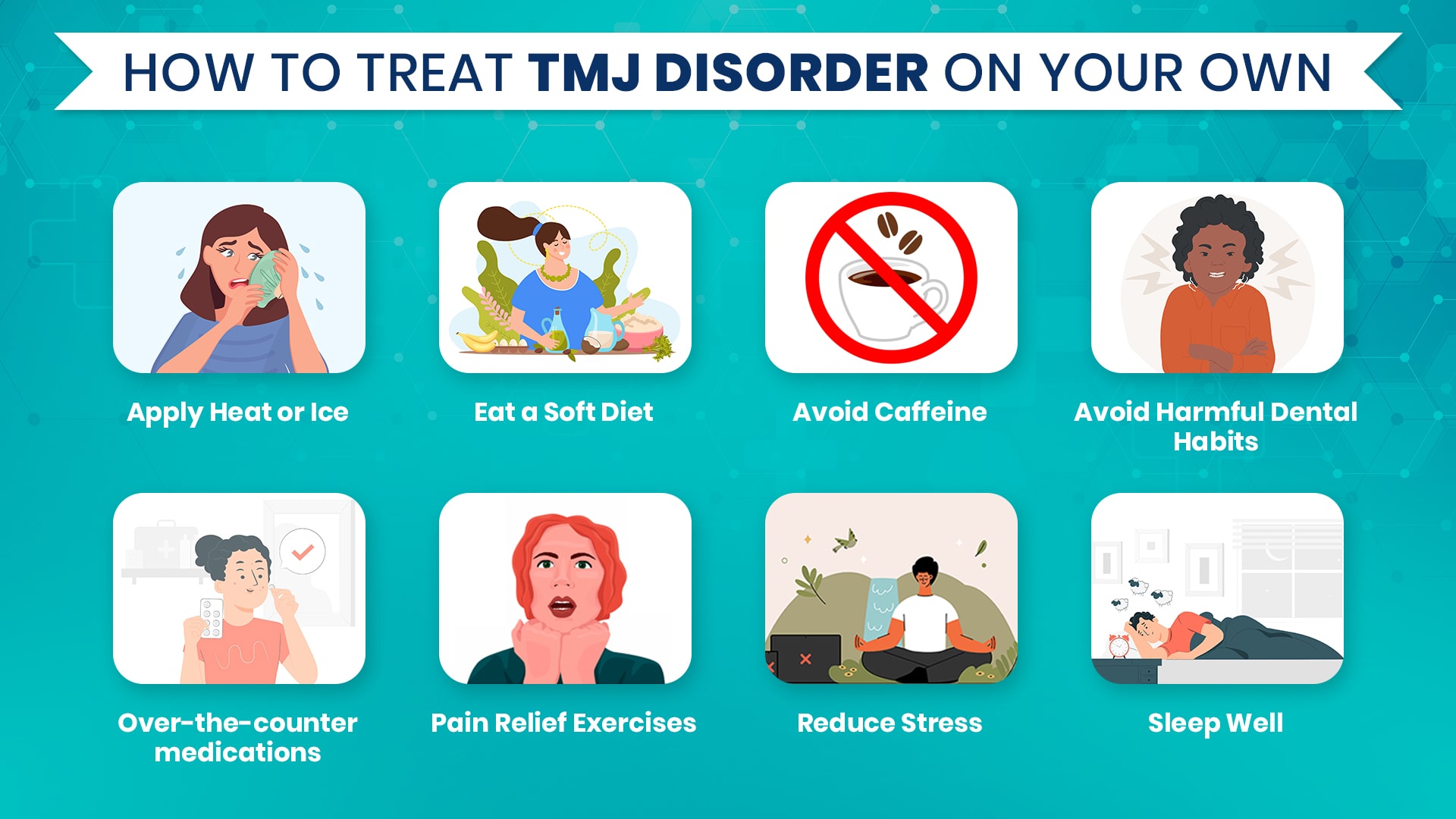
TMJ disorders care at Dental Clinic London
Request an appointmentThere are several causes of TMD, and treatment plans differ from one patient to another. During the consultation session, we will discuss your symptoms and examine your jaw and mouth carefully to determine the exact cause of your condition. This will help us develop a suitable TMJ treatment plan tailored to your specific case.
Never let the pain hold you back. Our dentists in Holborn will be more than happy to work with you to create a customized treatment plan that ensures complete relief and peace of mind. If you suffer from TMD, feel free to give us a call anytime.
 70 Great Russell St, Holborn, London WC1B 3BN, UK
70 Great Russell St, Holborn, London WC1B 3BN, UK



